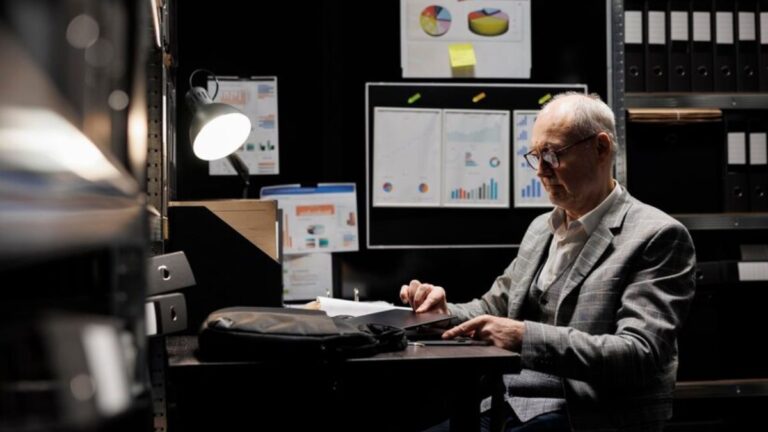In today’s world, transparency in law enforcement is more important than ever. Citizens demand accountability and clarity in police actions, but balancing that openness with the need to protect sensitive information is a tricky task. This is where automated redaction software comes into play. By using technology to redact personal data in police reports, law enforcement agencies can promote transparency while safeguarding individuals’ privacy. Let’s explore how automated redaction helps achieve this balance and what it means for the future of policing.
Understanding Automated Redaction
So, what exactly is automated redaction? At its core, automated redaction software is a tool designed to remove or obscure sensitive information from documents, making them safe for public release. The technology employs artificial intelligence and machine learning algorithms to identify and redact personal data—like names, addresses, and other identifiers—without human intervention. Compared to manual redaction, which can be time-consuming and prone to error, automated systems streamline the process, ensuring that reports are processed quickly and accurately. This technology is a game changer for law enforcement, enabling them to fulfill transparency requirements without compromising individual privacy. Click on the link to learn more about the top video redaction software for police force.
The Need for Transparency in Law Enforcement
Transparency in law enforcement is not just a buzzword; it’s a critical component of public trust. When citizens have access to police reports and activities, they feel more empowered and engaged in their communities. Moreover, legal mandates often require police departments to provide public access to certain records, reinforcing the need for accountability. Successful transparency initiatives, like community policing and body camera footage release, have shown that openness fosters trust and can lead to better community relations. However, with this transparency comes the responsibility to protect the privacy of individuals involved in these reports.
The Importance of Privacy
While transparency is vital, so is privacy. Protecting sensitive information is essential for the safety and dignity of victims, witnesses, and officers alike. Legal frameworks, such as the General Data Protection Regulation (GDPR) and various local privacy laws, mandate that personal data must be safeguarded against unauthorized disclosure. Unfortunately, there have been cases where law enforcement reports inadvertently included sensitive information, leading to significant privacy breaches. Such incidents can erode public trust and highlight the delicate balance between being open and being responsible.
Balancing Act: Transparency vs. Privacy
Finding the right balance between transparency and privacy is one of the biggest challenges facing law enforcement today. Citizens want to know what their police departments are doing, but they also expect that their private information will be protected. Automated redaction software plays a crucial role in helping to maintain this balance. By accurately identifying and redacting sensitive information, law enforcement can release more detailed reports without compromising individuals’ privacy. However, it’s important to note that automated systems are not foolproof. Continuous training and oversight are necessary to ensure that these tools are used effectively and ethically.
Why Video Editing Software is Done
It Takes Too Long
Think about video editing software and how it operates. You’ve got to manually go through the footage and edit it yourself. This is such a time-consuming process and one that requires a lot of hard work. It can take days or even weeks to complete some editing if you have long footage clips. You’ve got to dedicate all of this time to the task, which takes your focus away from other projects. All of this could be solved by having a more efficient system in place.
It Can be Risky
Let’s not forget about the risks involved with video editing software. Most people assume it’s the safest option since you’re combing through the footage by yourself. But, you’ve got to be good at your job. You’ve got to have great concentration. What’s more, you have to be dedicated to the task. If you make one mistake or miss one thing part of the footage, you can damage your business’s reputation and risk getting fines or other penalties.
It Works Out Costly
Most people assume that video editing software is cheaper than having to invest in high-tech redaction software. However, this isn’t always true. Yes, you have the price of the software to pay for. But, this is a one-time investment you’re making for your business. Think about when you’re using video editing software. You’ve got to hire professionals that know how to use it and pay their annual salaries. You’ve got to train them continuously. Then, you need to keep buying equipment and keep it up-to-date. This soon adds up.
Conclusion
In conclusion, balancing transparency and privacy is an ongoing challenge for law enforcement agencies, but automated redaction software offers a viable solution. By utilizing technology to protect sensitive information while promoting public access to police reports, law enforcement can build trust and accountability in their communities. The future looks bright as technology continues to advance, but it’s essential for police departments to remain committed to ethical practices that prioritize both transparency and privacy.

